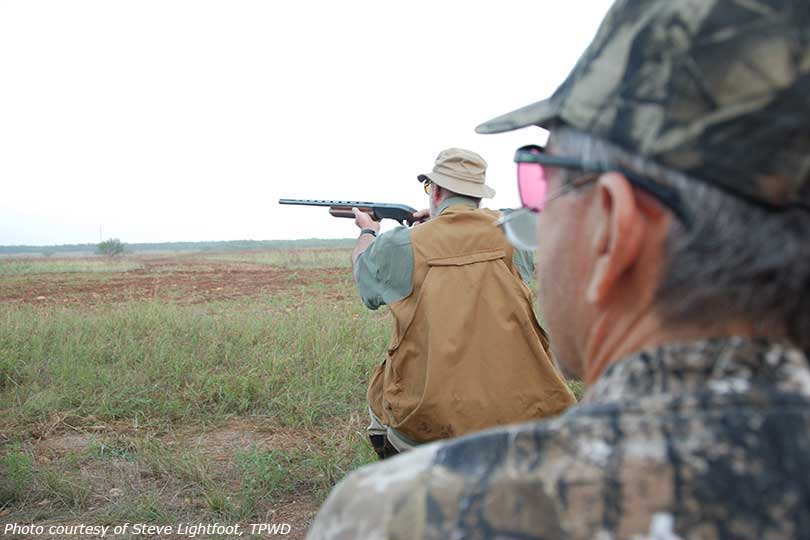By Jennifer Dorsett
Field Editor
You’ve bagged the big one. That buck you’ve had your eye on for months. Congratulations. What’s next?
Field dressing, or removing the internal organs from the animal where it was harvested, is a popular choice for large game, such as deer, antelope and feral hogs. Removing the organs lowers the core temperature and makes the carcass lighter and easier to carry.
Texas law allows for deer and pronghorn antelope to be skinned and quartered in the field, but further processing must take place at the final destination.
According to Texas A&M AgriLife Extension Service’s Food Safety division, cooling the carcass quickly is imperative to reduce the potential for spoilage or bacterial contamination. This will also provide the best-flavored meat possible. A carcass that is left whole and warm for too long before processing will often yield gamey or “off-tasting” meat.
Always wear disposable gloves when processing wild game. Tapeworms, flukes and other parasites will likely be evident in the liver or other organs of both deer and feral hogs. Discard organs if evidence is found.
Chronic wasting disease (CWD) has been found in Texas. The neurological disease is fatal to cervids, or members of the deer family. While there is no known evidence CWD can be transmitted to humans, extreme caution should still be used to avoid spreading the disease in cervid populations across the state.
If a mule deer, white-tailed deer, red deer, elk or other suspect animal is harvested in one of Texas’ established CWD containment and surveillance zones, that animal must be brought to a Texas Parks and Wildlife check station within 48 hours to be sampled for CWD.
Feral hogs may also carry diseases, including swine brucellosis, a bacterial infection that can cause flu-like symptoms in humans. Avoid harvesting animals that are sickly or acting strangely, as these may be signs that disease is present.
AgriLife Extension has a publication online, From Field to Plate, that provides tips on field dressing wild game, including a visual guide to processing carcasses.
There is also a field care section on the TPWD website hunters may find useful.
Wild game has long been on the menu for many Texas families in dishes such as chicken-fried deer steak and dove poppers.
With the right techniques and handling, there will be enough meat to make many savory meals.
For more information on wild game food safety, visit https://foodsafety.tamu.edu/wild-game-food-safety/.

